From Beijing to New York, Bogota to New Delhi and Paris to Lagos, each day urban residents set out in pursuit of personal and economic objectives. This activity sets off an uncoordinated ballet of movement as people walk, bike, drive, bus, and metro to their respective destinations.
But can everyone get to where they want to go, in a reasonable amount of time and at a reasonable cost? Are destinations equally accessible to all?
These are the core questions of our Moving to Access (MTA) initiative.
While transportation has always been essential to how cities and regions function, global attention to how those systems operate has never been greater. The recently approved United Nations Sustainable Development Goals (SDGs) recognize the need to “make cities and human settlements inclusive, safe, resilient and sustainable.” This includes the goal of providing access to safe, affordable, accessible, and sustainable transport systems for all by 2030.
Dealing with urban access and the role of transport, however, is complex. What may be appropriate for Sao Paolo may not be appropriate for Hanoi; what may be feasible in Portland, Ore., may not be possible in Addis; or what is acceptable in Copenhagen may not be desirable for Mumbai. Even within a city, access demands vary widely between demographic groups—whether measured by income, gender, race, or age—and based on destination. Consider the varying constraints and demands of the businessperson who needs to make it to work for a 9:00 a.m. call; the factory worker who must arrive at the plant for the midnight shift; the vendor who sells fresh fruits and vegetables to the local market at dawn; or the working parent tasked with getting all three kids to school before work. With so many variables, planning for an array of individuals’ behavior is daunting.
The traditional response of the transport community focused on “mobility.” In this case, that means moving people as fast as possible, no matter where they’re going. As more people turn to the automobile for personal travel, mobility has often meant reducing street congestion and increasing travel speeds, especially during peak travel periods.
This is a limited view. Transportation is about far more than how fast you move—it’s about accessing opportunity.
Whereas access to other infrastructure services such as electricity, telecommunications, or water is easily measured at the household level, urban transport has no equivalent metric. Indeed, living near a road or bus stop or owning a car or bicycle does not really measure urban access. Ultimately it is whether one’s housing can connect to critical destinations. It’s the interaction of land use and transport that determines accessibility.
Aiming to boost accessibility—not necessarily mobility—also raises new questions about how society pays for transportation. Do new investments help all city residents reach new destinations? Are pricing and subsidy policies for reducing congestion or addressing environmental effects consistent with achieving access for all? As governments across the globe consider new methods to finance infrastructure investment, there is a serious gap in framing transportation challenges around broader objectives.
The MTA initiative comes at a critical time. Moving past a traditional transportation model that prioritizes mobility to one that favors accessibility, MTA aims to provide the tools and techniques that put accessibility theory into practice.
To advance this goal, we will create a platform to discuss research and practical applications on urban accessibility. It will include original, applied research to explore integrating accessibility into urban transportation planning, investment and policy. We will report on cutting-edge technical requirements—ranging from software to performance measures—to improve government and private sector decisions related to the built environment. And we will host a network of professionals to exchange ideas and tell their local stories, all feeding into a new resource bank of practical solutions.
We are confident that enhancing urban accessibility can unlock sustainable and inclusive growth in cities across the world. We are excited to craft solutions to make it happen.

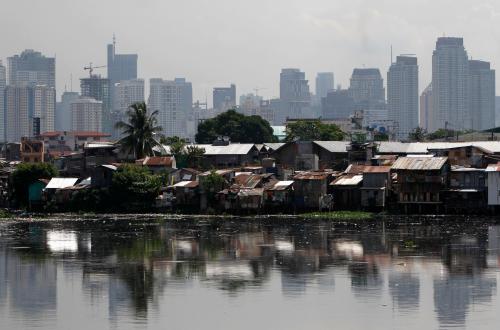
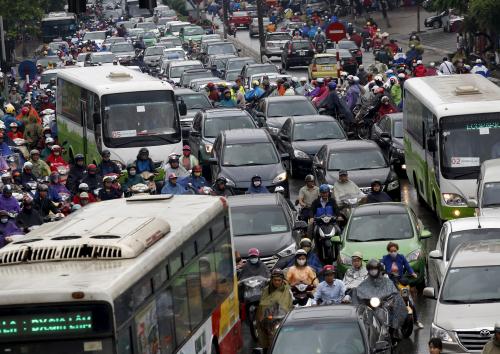
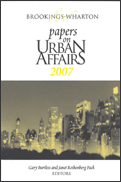
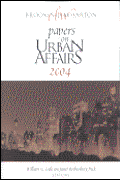
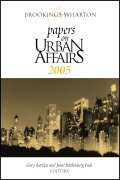


Commentary
Shifting gears to a new transportation model
May 31, 2016